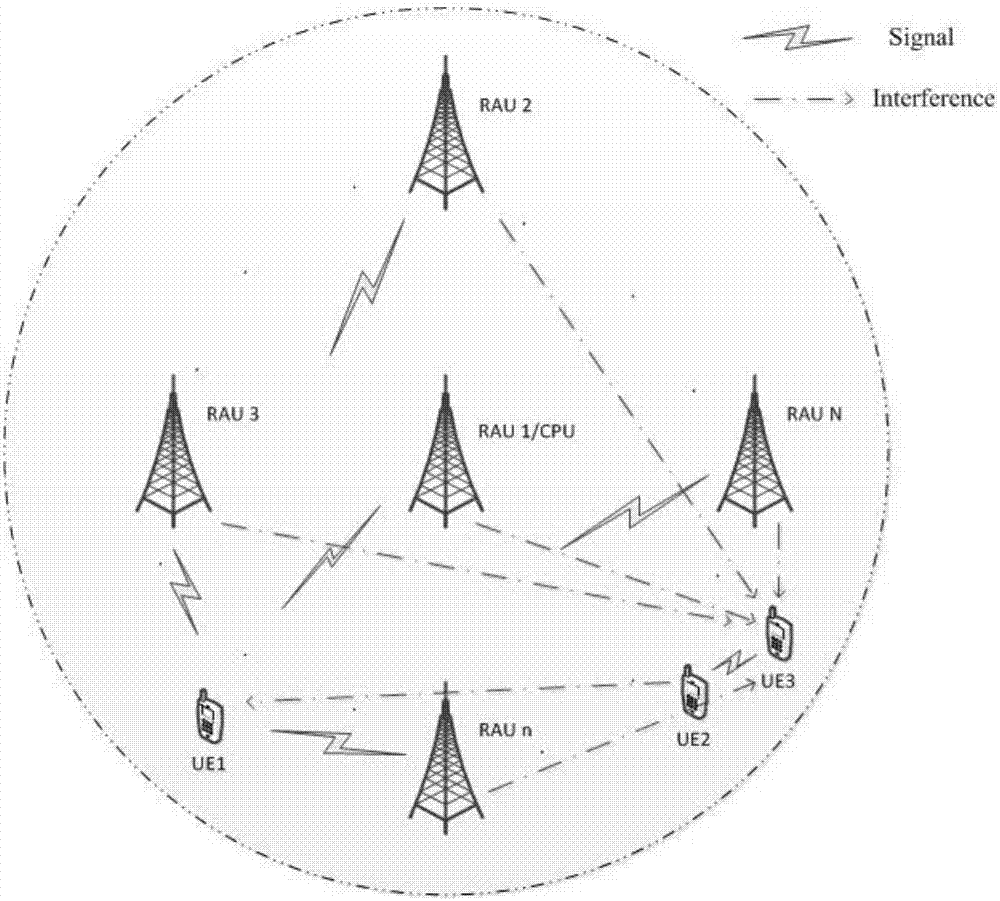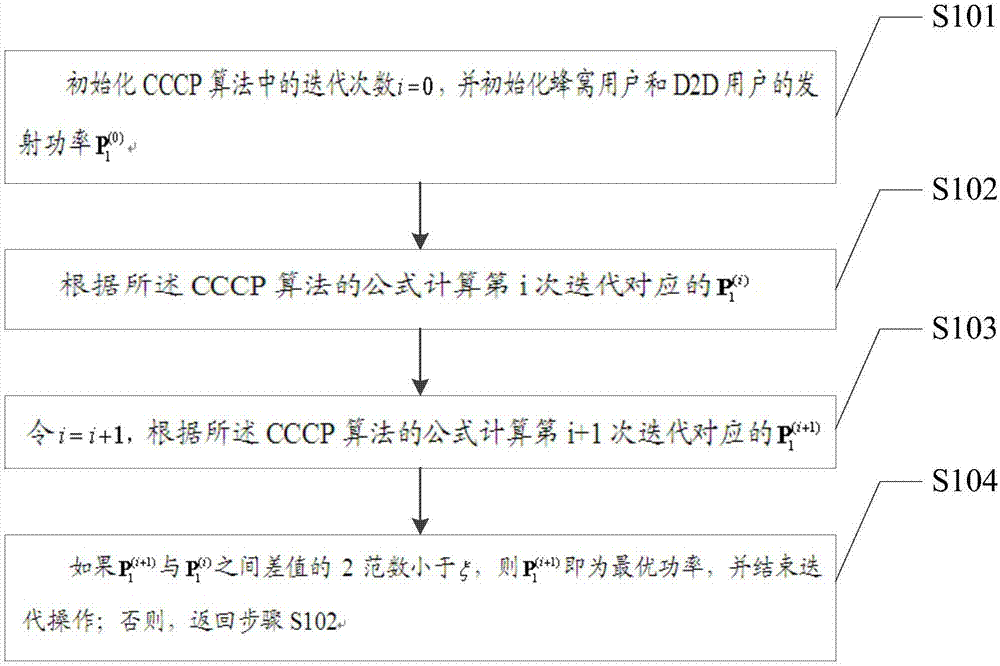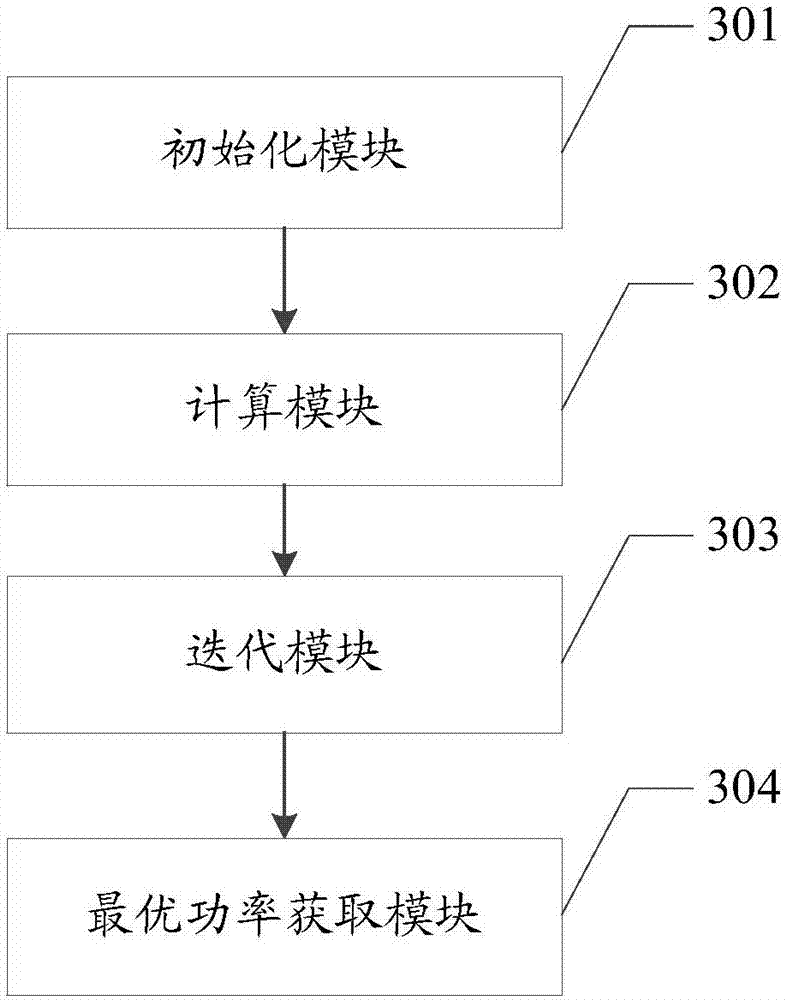Power distribution method and device in DASs (Distributed Antenna Systems) containing D2D (Device to Device) communication in multiplexing mode
An allocation method, technology of multiplexing mode, applied in power management, wireless communication, machine-to-machine/machine-type communication services, etc.
- Summary
- Abstract
- Description
- Claims
- Application Information
AI Technical Summary
Problems solved by technology
Method used
Image
Examples
Embodiment Construction
[0044] In order to make the object, technical solution and advantages of the present invention clearer, the present invention will be further described in detail below in conjunction with the accompanying drawings and embodiments. It should be understood that the specific embodiments described here are only used to explain the present invention, not to limit the present invention.
[0045] The present invention provides a method for allocating power in a DAS with D2D communication in a multiplexing mode, wherein the model of the DAS (Distributed Antenna Systems, Distributed Antenna System) is as follows figure 1 As shown, specifically, a single cell is considered in the present invention, the DAS includes n remote access units RAU (Remote Access Units, RAUs), and the n RAUs are distributed in the communication cell, wherein RAU1 is located in the communication cell The center of the cell, which can be regarded as a central processing unit, the remaining n-1 RAUs are connected ...
PUM
 Login to View More
Login to View More Abstract
Description
Claims
Application Information
 Login to View More
Login to View More - R&D
- Intellectual Property
- Life Sciences
- Materials
- Tech Scout
- Unparalleled Data Quality
- Higher Quality Content
- 60% Fewer Hallucinations
Browse by: Latest US Patents, China's latest patents, Technical Efficacy Thesaurus, Application Domain, Technology Topic, Popular Technical Reports.
© 2025 PatSnap. All rights reserved.Legal|Privacy policy|Modern Slavery Act Transparency Statement|Sitemap|About US| Contact US: help@patsnap.com



